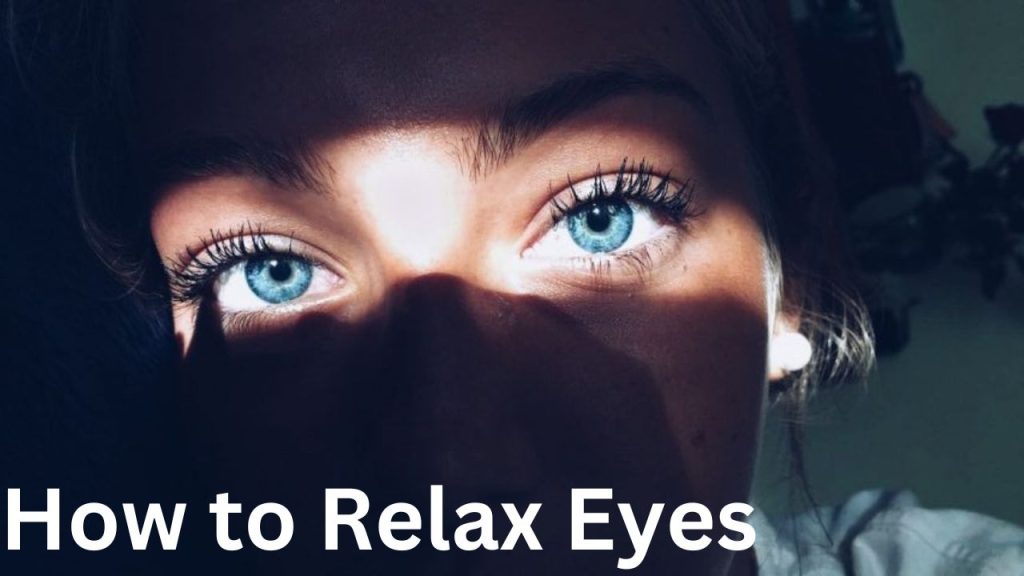Discover effective methods on how to relax eyes and relieve eye strain instantly. Explore proven techniques to soothe discomfort and improve your eye health.
Introduction: Screen Time’s Effect on Eye Health
Thus, spending a lot of time gazing at a computer screen during the day can frequently cause eye strain, dry eyes, impaired vision, headaches, and pain in the neck and shoulders. I’m going to provide you five suggestions and eye exercises in this post to assist relieve your computer vision syndrome-related eye strain. Let’s examine this.
How to Relax Eyes
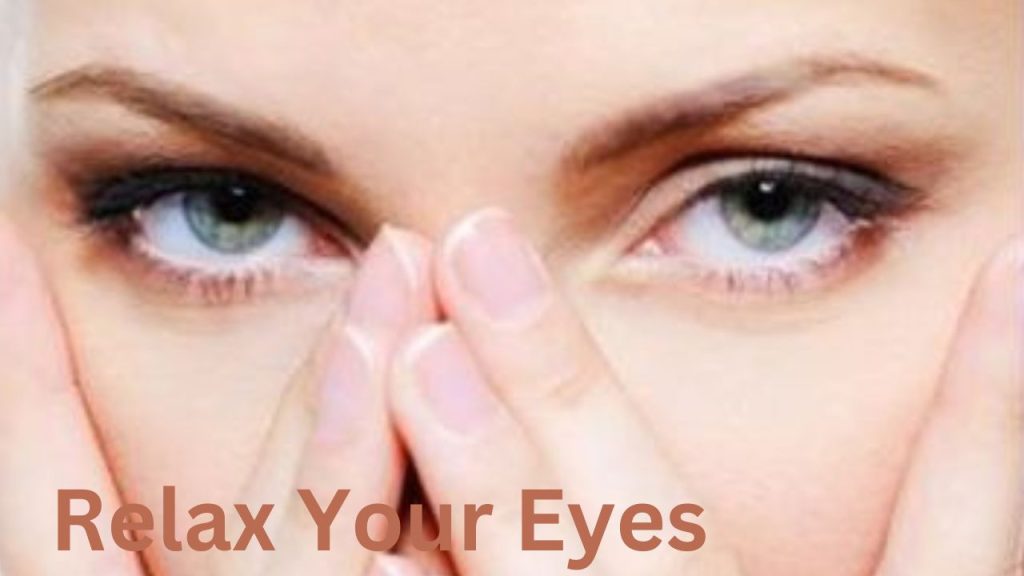
Eye health shows helped me learn all about the eyes and vision. If you like taking care of your eyes, this article is for you.
The Effects of Prolonged Screen Time
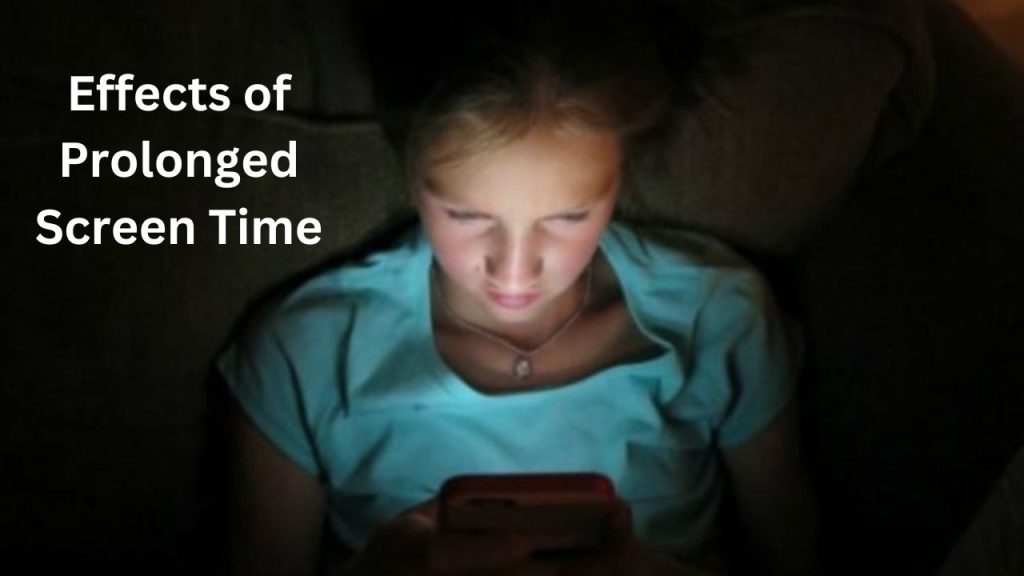
A lot of us these days are spending more time in front of a computer screen or our cell phones throughout the day. When we spend this much time on a device that’s only a few feet from our face, it can be really taxing to the eye muscles and can often result in eye strain, that feeling of pressure between your eyes in your forehead, and that can also lead to shoulder pain and neck pain.
First Tip: Take Regular Breaks

Here are some eye exercises and ideas to assist if you spend a lot of time on social media on your phone or if you work or play games on your computer. The first piece of advice is to take regular pauses. An accommodative spasm is the term for what happens when your eye muscles effectively tighten up from staring at a digital gadget for an extended period of time. To alleviate this, adhere to the 20-20-20 rule, which states that after 20 minutes of using a close gadget, take a 20-second break to stare at anything at least 20 feet out in the distance in order to relax your muscles.
Tip 2: Adjust Your Screen Position
The second piece of advice is to move your screen around, both in terms of height and distance from your eyes. Make sure the distance between you and the computer screen is around an arm’s length. For the majority of desktop screens, I like to suggest that you should be able to give your computer screen a high-five. Similarly, you might need to alter the laptop’s tilt in order to achieve the desired orientation with the least amount of glare.
As for the height of your screen, you want your eyes to be not quite at the very top of the screen but not directly in the middle. For most users, having it about 3/4 of the way up on the screen is about perfect because it allows you to look slightly downward onto the center of the screen, which is more comfortable for your eyes rather than looking straight up or anything like that.
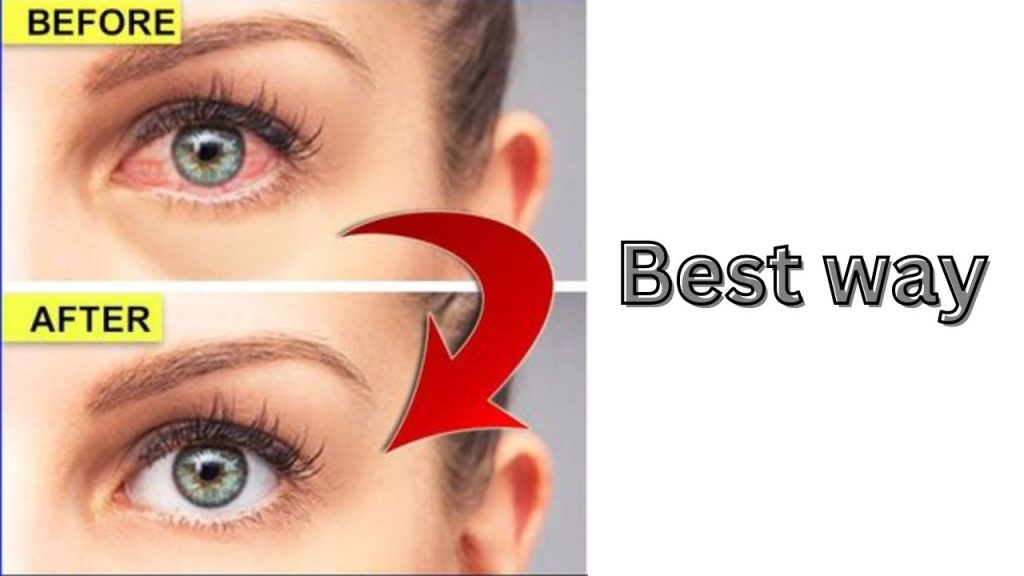
On the other hand, it could be slightly more appropriate to have the screen at eye level, in the center, if you’re playing a video game or viewing something similar. Next, you should adjust your screen to minimize glare from sources of light within your room, such as windows, as this might lessen contrast and lead you to squint your eyes, which is something you don’t want to happen.
Tip 3: Adjust Device Settings for Comfort
The next piece of advice is to change your device’s settings to improve visibility. Increasing the font size is one approach to do it. Making the text larger can be a simple fix if it’s too small and you have to exert a lot of effort to squint. Now, depending on the gadget you’re using, but on a computer that’s using Windows 10, like I’m using here on a website, you can just hit the control button and hold that down and press the plus or minus buttons, and that will control the size of your font, so you can give that a try. You can also hold down the control button and spin the mouse wheel, and it should do just about the same thing. Then on digital devices like your phone, the same thing: you just have to go into the settings and adjust the font accordingly.
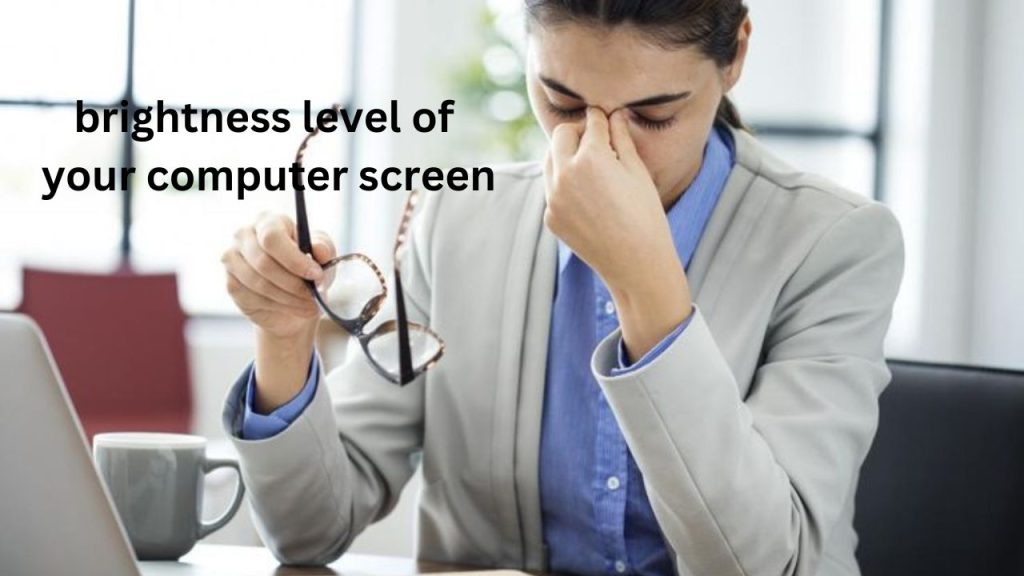
Another thing that can help is adjusting the brightness level of your computer screen. You can do that with Windows 10 here by right-clicking on the home screen, going down to display settings. It’ll open up the settings menu, and then right here, you have a little slide bar to adjust the brightness and the color, and you can adjust it to be more bright if you feel that’s more comfortable and easier to read, or you can dim it down if it seems too bright and harsh on your eyes.
Then you also have this cool option, at least here on Windows 10, it’s called a nightlight. On other devices, they may call it a blue light mode, but this is a nightlight setting where it’ll adjust the amount of blue wavelength light coming from the digital device, so you don’t get as much of that blue light affecting your melatonin production, which can affect your sleep cycles. So this is more important later in the evening. This device even has a schedule to turn the nightlight on or off, which will allow you to set it based on the sunset as well as the sunrise, which is really helpful so you don’t have to really think about it.
Now, blue light doesn’t just come from your computer screen; it also comes from our LED lighting that we have in our homes and offices, so sometimes looking at blue light-protecting glasses or filters could also be another option.
Tip 4: Manage Dry Eye Symptoms

Tip number four is to also manage your dry eye symptoms. Many of us do not blink as much when we’re on a near device. Whenever we’re focusing on a computer screen, a cell phone, or even a book, our attention rate is really hyper-focused, and our blink rate decreases. Our blink rate is usually about 20 times a minute in conversation but drops to about four and a half times a minute whilst focusing on a near device. One way you can help with those symptoms is to simply be more aware of how dry your eyes are and try to blink more often. You can even use supplemental eye drops and warm compresses if you prefer. Otherwise, if you still suffer from dryness, consider consulting with a professional.
Tip 5: Eye Exercises for Relief
Now for tip number five: eye exercises. I’m going to share a couple of exercises to help with relieving eye strain. Now, normally in the clinic, I don’t recommend doing these exercises unless somebody has a diagnosed eye disease where the eye exercises can really help. Otherwise, for this sort of situation, I think just going outside, taking a break, going for a walk, playing catch, or shooting hoops—those kinds of normal activities can help really strengthen your eye muscles and coordination just on their own. But if you’re someone who’s really struggling with some eye strain, then trying a couple of these exercises might bring you some relief.
The first exercise:

The first exercise is something called cupping, and that is first by just taking your hands and getting them a little bit warm because heat is gonna help relax the muscles of the face. Then you’re going to put the palm of your hands over your eyes; you’re not pushing onto your eyes directly, but you’re kind of cupping around the eyes, making things look dark, and then you’re putting pressure around the bony orbit of the eye. You’re not putting a lot of pressure, you’re just holding your hands there, feeling the warmth and relaxing your eyes.
Now, while you’re doing that, it’s important not to tense up your muscles but to relax your shoulder and neck muscles and to simply just relax. You don’t close your eyes, but you keep them open, looking into the darkness of your palms, and you do that as a relaxation technique so that your eyes aren’t focused on the bright lights of your computer or digital screens, as they have been probably throughout the whole day. You can do this cupping exercise for as long as you want, but I’ll sometimes do it just kind of as a relaxation technique for me, a minute or so.
The next eye exercise:
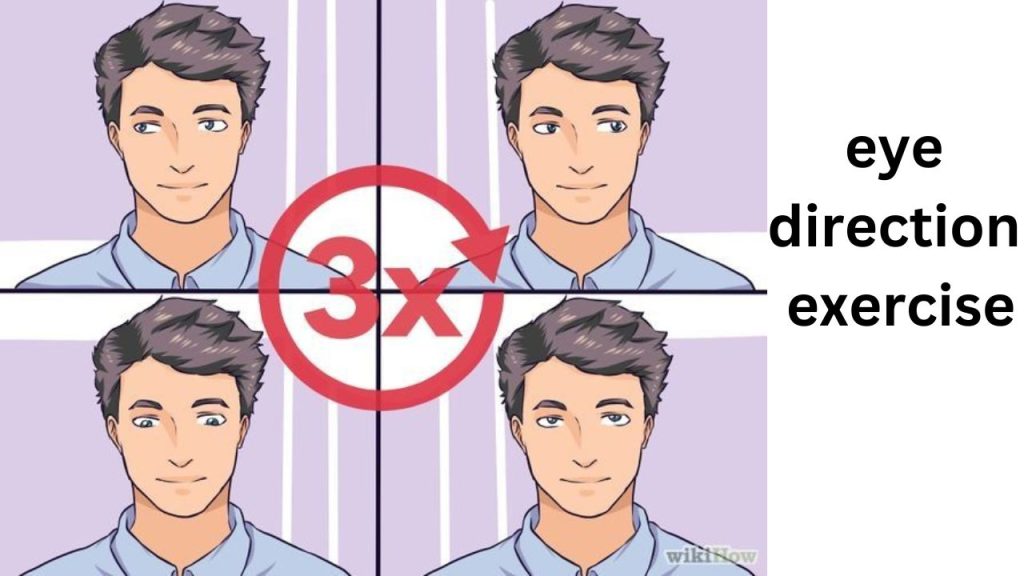
The next eye exercise is our eye direction exercises. That’s just a matter of looking in different directions of gaze. Now, you want to be doing this looking in the distance, not at something up close because, again, we’ve been spending our whole day looking at near devices. So, picking a distant object and being able to use your eye muscles to look upward and hold it there for maybe five seconds, and then looking at a different direction.
Now, looking down and holding it there for five seconds. You can look to the right, you can look to the left, but then you also want to look in the other directions. That means including up into the left, up into the right, down into the right, and down to the left. You can pick these different directions, moving your eyes and looking other ways. Try to hold it there for a few seconds and just give your eye muscles a little bit of a stretch. It’s important not to do this too much, as you could cause more strain to your eye muscles. Instead, just do what feels comfortable for you.
Then you can follow up from the eye directions to doing eye circles, which is just kind of like making circles with your eyes, but again, looking at something more in the distance. So you can look upward and then start making a slow rotation of your eyes in a clockwise and then in a counterclockwise fashion. You should be able to feel your eye muscles become somewhat less strained after completing this exercise a few times. Furthermore, it’s crucial to stop doing any of these eye exercises right away if you experience any pain or discomfort. You should also consult your local eye care professional again to make sure your eyes are functioning good.
Conclusion
Taking the time to understand and implement how to relax eyes can make a significant difference in managing eye strain and enhancing your visual comfort. By applying these practical strategies—such as regular breaks, proper screen positioning, and effective eye exercises—you can proactively address discomfort and maintain eye health. Remember, it’s not just about immediate relief but also about building habits that support long-term eye wellness. If you find that your symptoms persist despite these efforts, seeking professional advice is essential to ensure comprehensive care. Embrace these techniques and take control of your eye health for a clearer, more comfortable vision experience.

